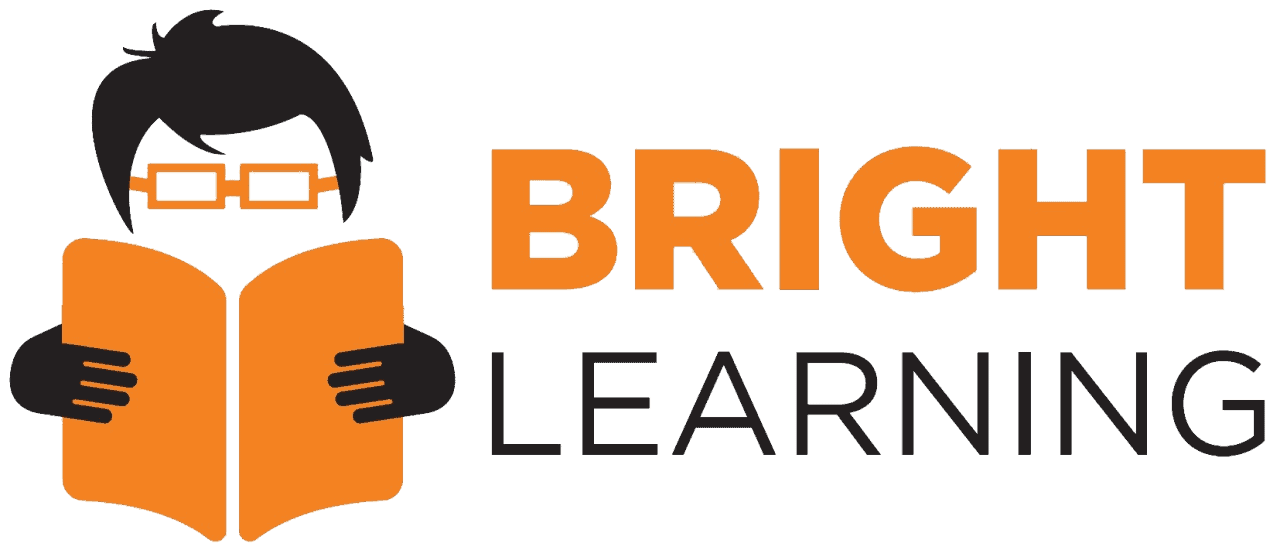Chapter 1 – Alertness
Facts to Know
Blind Spot – an area not covered by your mirrors.
Overtaking – never overtake
- on the brow of a hill
- approaching a bend
- approaching a dip in the road
- Approaching a left-hand junction.
Large Vehicles – keep well back when following a large vehicle as this helps the driver of the vehicle see you in their mirrors.
Tired Whilst Driving – If you get tired while driving or during a long journey then:
- Find a suitable place to stop and get some rest.
- Allow fresh air into your vehicle.
- Try to go for a walk.
- Take a refreshment break.
Losing Concentration – Following can cause you to lose concentration and distract your attention from the road:
- Loud music
- Using a mobile phone
- Tuning the car radio,
- Looking at a map
- Arguing with a passenger
Even if your vehicle is fitted with hands-free phone system it will still distract your attention from the road. And hence you should only use your phone when suitably parked.
When using navigation system or checking a map make sure you are suitably parked.
Objects hanging from your interior mirror may restrict your view and distract your attention from the road.
A-Frames – also known as Windscreen pillars can obstruct your view of the road, especially when approaching a bend or junction. At junctions always be careful and look twice for cyclists and motorcyclists.
Headlights – always turn your lights on at dusk, even if the streetlights have yet to come on. You use lights so other road users can see you.
Alcohol and illegal substances (drugs) will affect your ability to drive. Don’t drive when under their influence. Medicine – don’t drive if you have taken a medicine that has the potential to make your feel tired and groggy. If unsure, consult your doctor.
Reversing – if you can’t see behind you when reversing, ask someone to guide you.
Use your horn to be ‘seen’ – where you can’t be seen, such as at a hump bridge, you may need to sound your horn to warn other road users of your presence.
If there is an arrow on going left that means keep left of the hatched marking.
If there is an arrow going left in the middle of the road that means get back into left after overtaking.
Making U turn– when making U-turn always make sure to look over your shoulder before proceeding.
On Dual Carriageway– when you have to turn right on dual carriageway make sure that central reservation is big enough to fit your vehicle.
When you see a hazard ahead always use your mirrors to assess how your actions will affect the following traffic.
Before stopping or moving off always use your mirrors.
When moving off from behind a parked car you should:
- Look around before you move off
- Give a signal
- Use all the mirrors of your vehicle.
If you lose your way on a busy road: Turn into side road, stop and check a map.
When you want to turn at a junction and your view is restricted: Stop and then move forward slowly and carefully for a proper view.
As you approach a hump Bridge you should:
- Slow Down-
- Consider using your horn
- Beware of pedestrians
Yellow lines painted across the road are there to make you aware of your speed.
If you are approaching traffic lights that have been green for some time you should be ready to stop.
When passing a cyclist always make sure you leave plenty of room and pass slowly.
When driving on wet road if you have to stop your vehicle in an emergency, you should keep both of your hands on the wheel.
